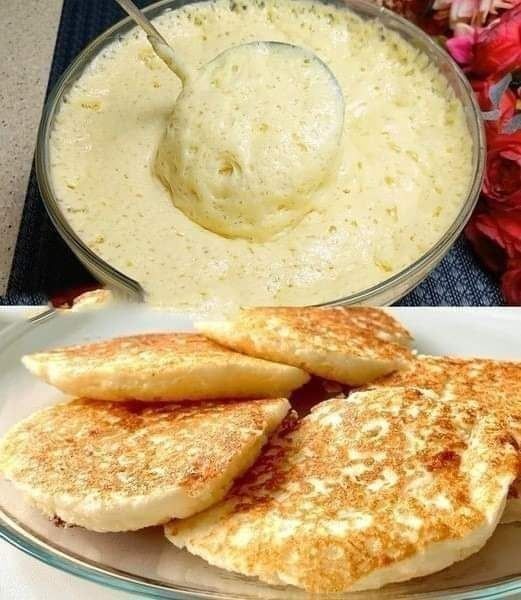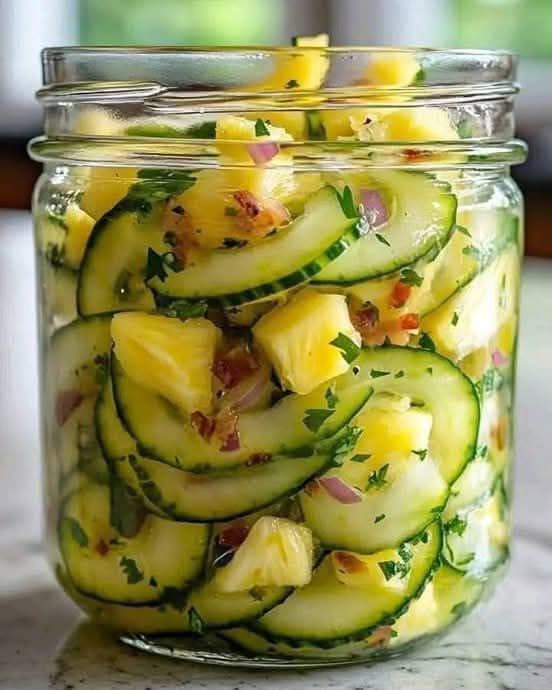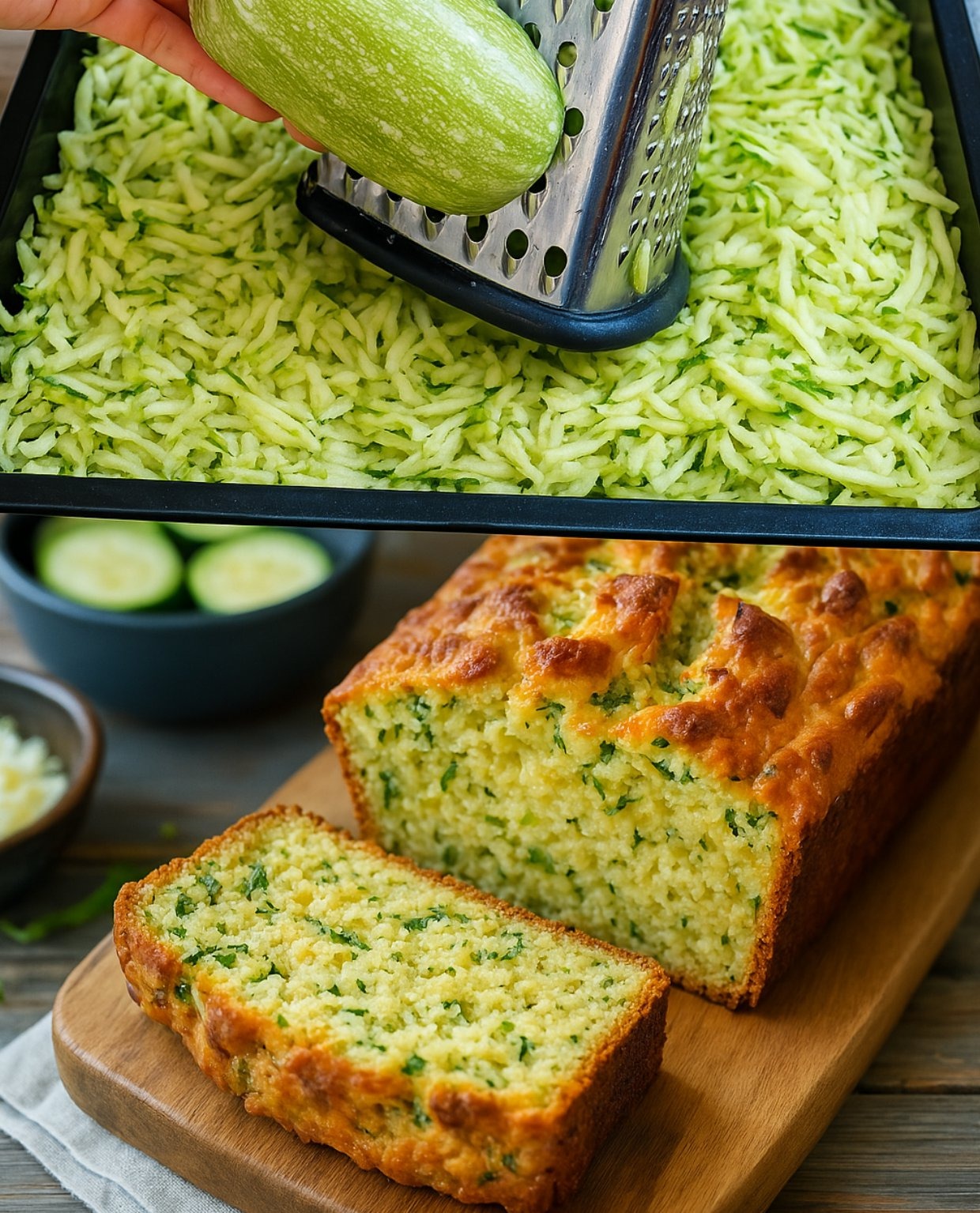Crêpes are a cherished part of French cuisine, renowned for their delicate, soft texture and versatility. These thin pancakes are perfect for a variety of fillings, from sweet jams and fruits to savory ingredients like cheese, ham, and eggs. Whether you’re making them for a cozy breakfast, a weekend brunch, or a dinner party, homemade crêpes bring an element of elegance and delight to any occasion.
If you’ve ever been intimidated by the idea of making crêpes, don’t be! With just a few simple ingredients and a little technique, you can master this classic dish. Follow this foolproof recipe to create light, fluffy crêpes that will have everyone coming back for more.
Ingredients:
- 2 cups (250g) all-purpose flour
- 2 tablespoons sugar (optional for sweet crêpes)
- ½ teaspoon salt
- 3 large eggs
- 2 cups (500ml) milk
- 2 tablespoons melted butter or vegetable oil
- 1 teaspoon vanilla extract (optional, for sweet crêpes)
- Butter or oil for cooking
Instructions:
1. Prepare the Batter
The first step in making crêpes is to prepare the batter. Begin by whisking together the dry ingredients—flour, sugar (if you’re making sweet crêpes), and salt—in a large mixing bowl. Mixing these ingredients first ensures they are evenly distributed before adding the wet ingredients.
In a separate bowl, crack the three eggs and lightly beat them. Add the milk, melted butter (or vegetable oil), and if you’re making sweet crêpes, the vanilla extract. Mix the wet ingredients together until the mixture is smooth and well-combined.
Gradually pour the wet ingredients into the dry ingredients while whisking constantly. The goal is to incorporate the wet ingredients into the dry without creating lumps in the batter. It’s important to take your time here, as this step will ensure your crêpes have a silky, smooth texture.
Once the batter is fully combined, it’s time to let it rest. Cover the bowl with a clean cloth or plastic wrap and allow it to rest for at least 30 minutes at room temperature. You can also refrigerate the batter for up to 24 hours if you want to prepare it ahead of time. This resting period helps the flour absorb the liquids and allows the gluten to relax, which results in crêpes that are tender and light.
2. Cook the Crêpes
After the batter has rested, it’s time to start cooking the crêpes! Heat a non-stick frying pan or a specialized crêpe pan over medium heat. Lightly grease the pan with a small amount of butter or oil. You can use a paper towel to spread a thin layer of oil or butter around the pan, ensuring it’s evenly coated but not too greasy.
Once the pan is hot, pour about ¼ cup (60ml) of the batter into the center of the pan. Immediately swirl the pan to spread the batter evenly over the surface in a thin, circular layer. It might take a bit of practice to get the perfect swirl, but don’t worry—imperfections are part of the charm of homemade crêpes!
Cook the crêpe for about 1 to 2 minutes, until the edges start to lift and the bottom is golden brown. You can use a spatula to gently lift the edges to check for doneness. Once the bottom is golden, flip the crêpe using the spatula and cook the other side for an additional 30 seconds to 1 minute, or until lightly golden.
After cooking each crêpe, transfer it to a plate and stack them, placing a piece of parchment paper or wax paper between each one to prevent sticking. This will keep your crêpes warm and in perfect condition until you’re ready to serve them.
3. Serve and Enjoy!
Now comes the best part—serving and enjoying your homemade crêpes! These delicate treats are incredibly versatile and can be customized to suit any taste. Here are a few ideas for both sweet and savory crêpes:
- Sweet Crêpes:
- Nutella and Bananas: Spread a thin layer of Nutella on the crêpe, then add sliced bananas and a sprinkle of powdered sugar.
- Strawberries and Cream: Fill the crêpe with fresh strawberries and whipped cream for a classic, delicious treat.
- Lemon and Sugar: For a simple but delicious option, squeeze some fresh lemon juice over the crêpe and sprinkle with granulated sugar.
- Savory Crêpes:
- Ham and Cheese: A classic savory filling, fold the crêpe around slices of ham and melted cheese, then serve with a side of salad.
- Mushrooms and Spinach: Sauté mushrooms and spinach with garlic and a touch of olive oil, then fill your crêpe with this savory mixture.
- Egg and Bacon: For a hearty breakfast option, add scrambled eggs and crispy bacon to the crêpe, or simply fold in a fried egg.
You can get creative with your toppings and fillings, as crêpes are perfect for any flavor combination you desire.
Tips for the Best Homemade Crêpes:
- Blender for Smooth Batter: If you want a super smooth batter, consider using a blender. Simply add all the ingredients to the blender and pulse until the batter is silky. This method also helps avoid any lumps that might form while whisking by hand.
- Rest the Batter: As mentioned earlier, resting the batter is key to achieving fluffy, tender crêpes. If you’re in a rush, even 15 minutes of rest will make a difference, but the longer, the better. Resting allows the flour to fully absorb the liquids, giving you a smoother batter and a better texture.
- Pan Temperature: It’s crucial to cook your crêpes on medium heat. If the pan is too hot, the crêpes will burn before they cook through, while a pan that’s too cool will result in rubbery crêpes. The right temperature will allow you to achieve a delicate golden brown color on each side.
- Consistent Batter: If you notice that the batter is too thick, you can add a bit more milk to thin it out. The batter should be pourable but still thick enough to form a thin layer in the pan. If it’s too runny, the crêpes will be fragile and difficult to flip.
- Don’t Overcrowd the Pan: It’s important to cook one crêpe at a time to ensure each one has plenty of room to spread and cook evenly. Overcrowding the pan can result in uneven cooking and sticking.
- Keep Crêpes Warm: If you’re making a large batch of crêpes and want to serve them all at once, you can keep them warm in the oven. Preheat your oven to 200°F (93°C) and place the stacked crêpes on a baking sheet. Cover them loosely with foil to keep them warm until ready to serve.
- Perfect Crêpe Size: If you prefer thinner crêpes, use a smaller amount of batter in the pan and swirl it faster to cover the entire surface. For thicker crêpes, use more batter and cook slightly longer.
Why You Should Make Homemade Crêpes:
Homemade crêpes are not only delicious, but they also offer a variety of benefits. Here’s why you should consider making them yourself:
- Customizable Fillings: You have complete control over what goes inside and on top of your crêpes. Whether you’re craving something sweet or savory, you can personalize your fillings with your favorite ingredients.
- Fewer Preservatives: Homemade crêpes don’t contain preservatives or artificial additives, making them a healthier option than store-bought versions.
- Perfect for Any Occasion: Crêpes can be served for breakfast, brunch, lunch, or dinner, and they make for an impressive dish at parties or gatherings.
- Family-Friendly: Crêpes are a fun and interactive dish to make with kids or guests. You can even create a “build-your-own crêpe” bar with various toppings and fillings, allowing everyone to get involved and customize their crêpes to their liking.
- Quick and Easy: Despite being fancy enough to impress guests, crêpes are surprisingly quick and easy to make, requiring only basic ingredients and a bit of practice to get the technique right.
Conclusion:
Making homemade crêpes is a rewarding experience that yields delicious results. With this recipe, you can create fluffy, golden crêpes that can be filled with your favorite ingredients and enjoyed by everyone. Whether you’re making them for a special occasion or a simple breakfast, homemade crêpes bring joy to any meal. So gather your ingredients, fire up the pan, and get ready to enjoy these French delicacies right from your kitchen. Bon appétit! 😋✨





